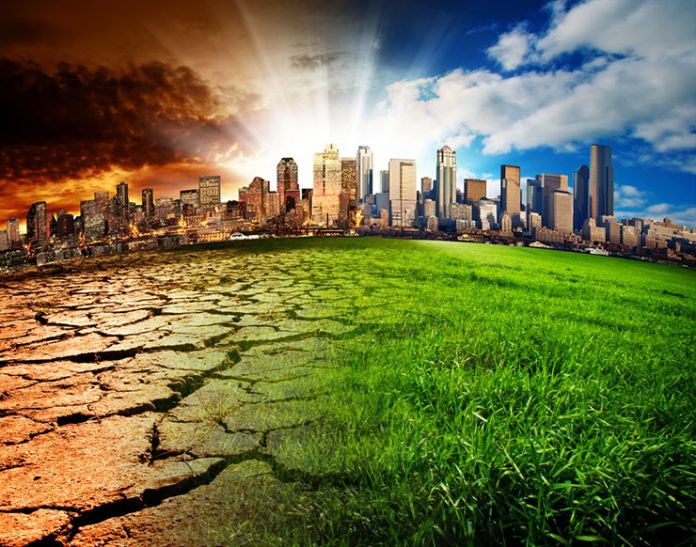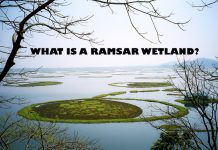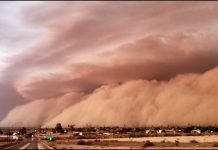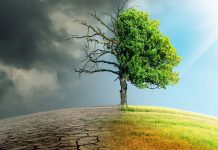Most of the international focus on responses to global warming has been on mitigation, reducing the effects of global warming by cutting greenhouse gas emissions, planting trees and preventing deforestation. Adaptation has, for the most part, been the quiet concern of ecologists and aid agencies.
What is Adaptation?
Adaptation refers to actions humans can take to increase societal resilience, as well as ecosystem resilience, to anticipated changes resulting from global warming. However, natural system adaptation will also occur without human assistance, for example, changes in the timing of migration or of insect and plant reproduction.
Human adaptation practices to build resilience within society include:
- changes in the way infrastructure is designed and built, in anticipation of effects such as sea level rise.
- changes in behavior, such as the selection or development of crops that are more drought-resistant.
- changes in management of natural and human systems, such as improved irrigation practices to conserve water.
- policy changes, for example discouragement of development in areas vulnerable to sea level rise through the prohibition of flood insurance.
Helping Natural Systems Adjust
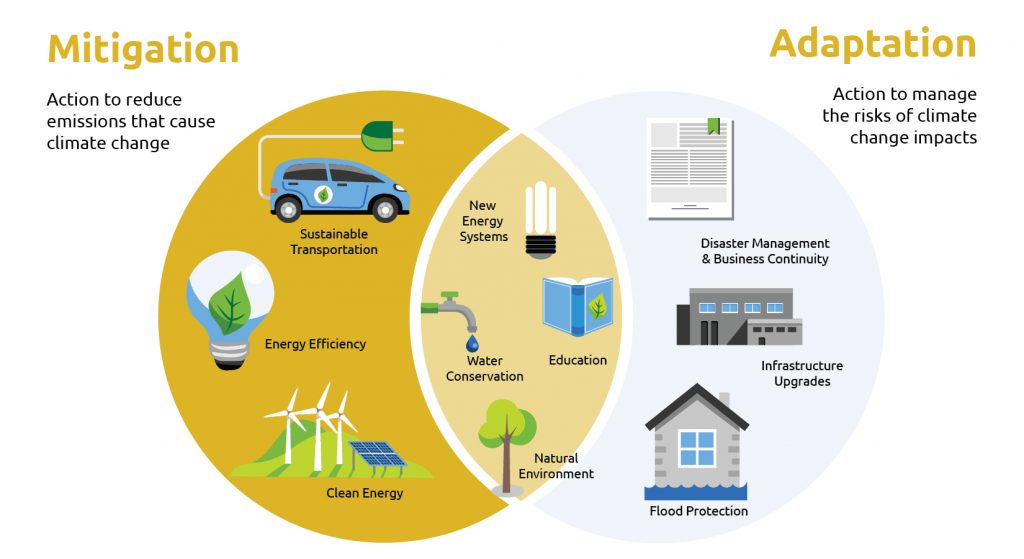
Many adaptation practices are under development as means of increasing the resilience of natural systems, which in turn will yield benefits by protecting ecosystem services. Such ecosystem management projects include a wide array of science-based conservation practices, some old and some quite new:
- the protection of key structural or species components of an ecosystem, such as mangroves that form the basis of food webs on both land and sea
- the reduction of human-created stresses, such as the fragmentation of habitat, which limits animal dispersal and migration
- the practice of “representation,” which is the protection of a wide variety of forms or populations of species, in hopes that at least a few will be able to withstand climate change
- “replication” is the practice of protecting more than one example of a population or system, so that redundancy acts as insurance against loss at one or more sites
- restoration is the well-known practice of bringing back ecosystems through planting and other management techniques
- the maintenance of areas likely to be less affected by climate change than others, known as refugia – will serve as miniature arks for reestablishing lost populations
- relocation, also called “assisted migration,” means transplanting organisms from one site to another when necessary, for example to bypass barriers or fragmentation that limit dispersal
Adaptation refers to a suite of actions that can “buy time” for both people and natural systems. They are essential, but they will not solve the climate crisis alone.


